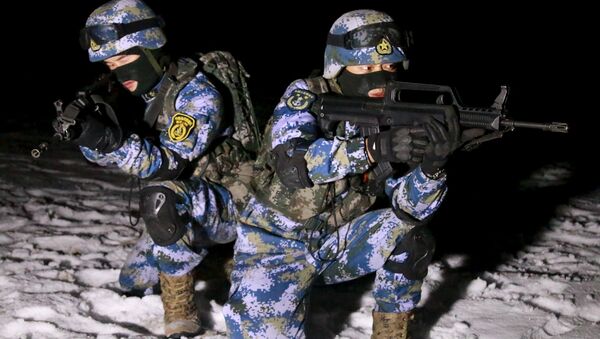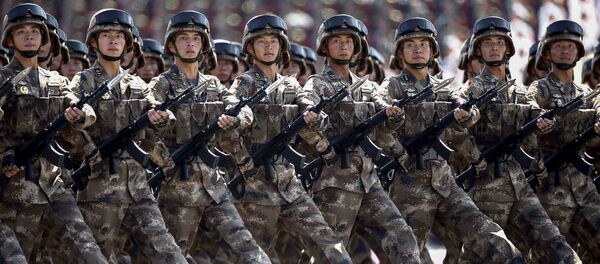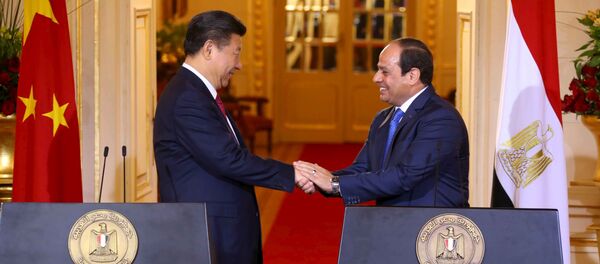Hence, on December 31, 2015, the Central Military Commission formally revamped the organizational structure of the PLA, forming three new organizations: the Army Leading Organ, the Rocket Force, and the Strategic Support Force.
The Army Leading Organ is set to be a centralized command hub, responsible for coordinating joint operations between different PLA branches, which has long been a goal of China’s military reforms.
The Rocket Force is an upgraded version of the PLA’s strategic nuclear missile force, “the 2nd Artillery Corps, and seems to be a formal recognition of the branch-level role the corps has long played,” according to online publication the Defense One.
The newly-established Strategic Support Force (SSF) of the People's Liberation Army will take charge of the military's space, cyberspace and electronic warfare operations, according to a senior PLA expert.
“To be specific, the service's responsibilities include targeted reconnaissance and tracking, global positioning operations and space assets management, as well as defense against electronic warfare and hostile activities in cyberspace,” he said. “These are all major factors that will decide whether we can win a future war.”
In an interview with Sputnik, Vasily Kashin of the Moscow-based Center for Analysis of Strategies and Technologies described the ongoing large-scale reform of the Chinese People's Liberation Army (PLA) as an unprecedented event in the country's history.
“In the past few years, China has faced many challenges, including growing US activity in the South China Sea, which is why Beijing should respond in kind to all this.
Judging by the full-fledged military reform proposed by President Xi Jinping, the response will be very serious,” Kashin said.
He added that even though such a military transformation will probably result in a negative reaction from an array of political and military figures in China, Beijing should redouble its efforts to implement the reform.




